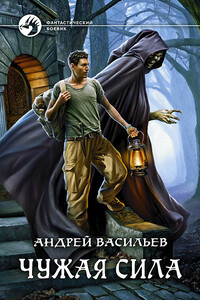We although know better by now.
Malevich got stuck because in the political conditions of the late 1920s and returned to Russia, never to come back to the West. But this certainly did not mean the end of his artistic development. Back in Russia under the harsh conditions of a dictatorship that wanted to also dictate the artistic developments, he returned to the figurative.
Intentionally or not, he produced one of the most mysterious twists ever in the oeuvre of an artist. Almost all examples of this late period are to be found in Russian collections and are therefore a rarity in the West.
We experience the lack of a painting from this period — as in the Khardzhiev Collection that is managed by us there are many drawings from this time- as a very great loss. In order to be able to tell the story of one of the most beautiful oeuvres of the twentieth century on the wails of our museum, we want to uo everything possible to accomplish the acquisitions oi Portrait of E. Yakolevna. The intention is not only to acquire “an example of a late work” but in our eyes an equally strong icon from this missed period just as the aforementioned masterworks that represent the different stylistic periods.
To our knowledge, the painting Portrait of E. Yakolevna has first been illustrated in the groundbreaking article Suprematist Embroidered Ornament by Malevich specialist Charlotte Douglas in the American magazine The Art Journal, spring 1995, p. 45.
The work is included in the catalog raisonne by Andrei Nakov on the oeuvre of Malevich from 2002 (PS-253, p. 403). While in several portraits from this period Suprematist details appear in the clothing of the portrayed characters, the portrait of E. Yakolevna stands out because the sitter draws attention to the object in her right hand (seen by the onlooker), which is described as a Suprematistic handbag.
For Charlotte Douglas this object was the reason for illustrating the painting, as her article explains that Malevich had already shown two Suprematist shawls and a cushion in the well known 0:10 exhibition from 15 December in Petrograd. He showed for the first time in public his Suprematist paintings already in November 1915 in Moscow, in an exhibition of modern decorative art in the K. Lemercier Gallery.
From these Suprematist textiles practically nothing remains.
The Portrait of Yakolevna is not only a beautifully painted post-Suprematist portrait of a then well-known actress, but also one of the few documents recording Malevich's activities in the field of Suprematist textile art.
The Stedelijk's collection is always looking for connections between the different disciplines that are collected, from textile art to paintings. Adding this paintingto the collection of the Stedelijk further enriches the above-mentioned inherent interdisciplinarity.
The Stedelijk Museum has one of the best abstract art collections in the world. Delaunay, Goncharova, Itten, Van der Leck en Van Doesburg complement and contextualize other major works of Malevich, Mondriaan and Kandinsky in our collection. The Stedelijk also has an extremely strong collection of works that marked the reversal of abstract art in the history of art. There was a “retour a 1'ordre” with works by Picasso, Matisse and the New Objectivity, which after the moral collapse of Europe after WWI addressed the failure of the utopian idea of abstract art. It is precisely in this context that Portrait of E. Yakolevna fits like a glove.
With this letter we want to convey to you our sincere intention to do everything in our power to make this acquisition possible. To be honest, it is our task as the Stedelijk Museum Amsterdam to acquire such an important work from private ownership and bring it to the public domain and preserve it in The Netherlands. Our museum is therefore the most appropriate collection for this painting, given the pioneering role we have always had in researching and unlocking the work of this great master of the twentieth century.
Sincerely,
Beatrix Ruf










